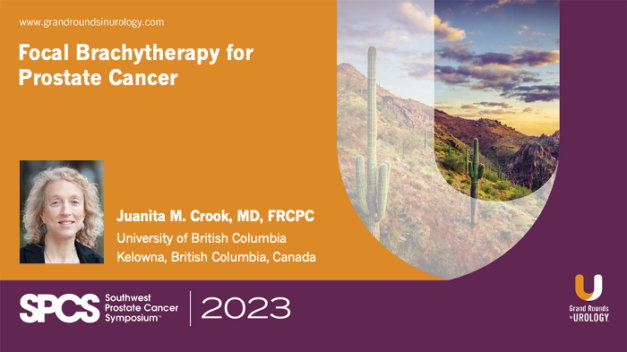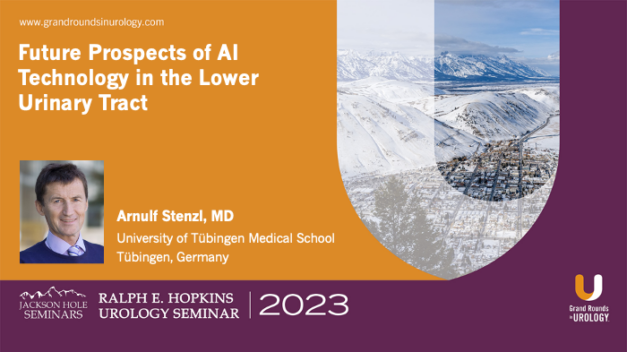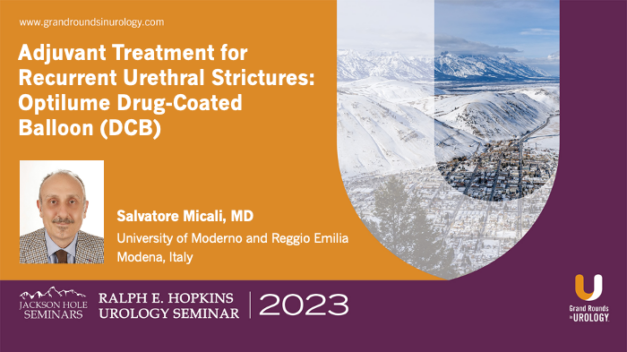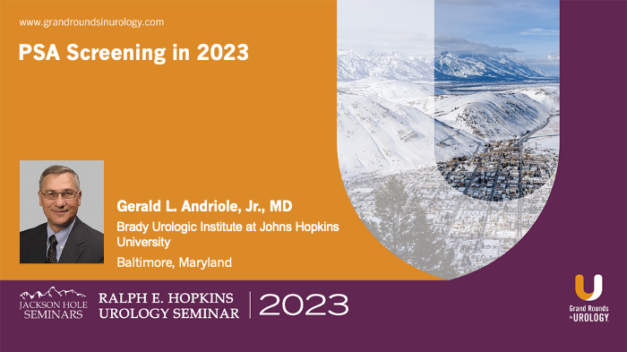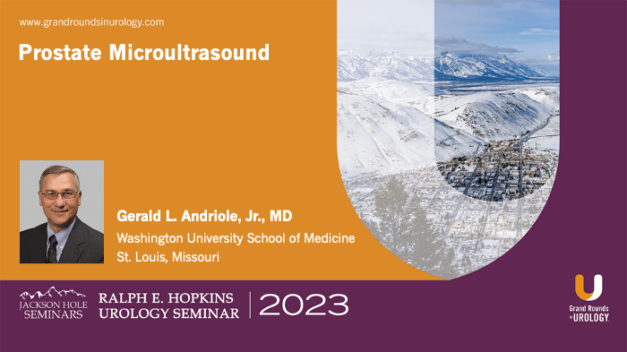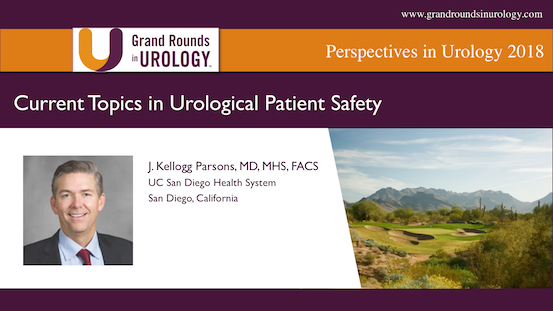Focal Brachytherapy for Prostate Cancer
Juanita M. Crook, MD, FRCPC, discusses the use of focal brachytherapy for prostate cancer treatment. She highlights the importance of patient selection, technical considerations, efficacy, and post-focal therapy monitoring. Dr. Crook demonstrates the significance of accurate localization through mpMRI and template mapping biopsies for precise treatment planning for patients with favorable-risk disease and a low disease burden.
Dr. Crook discusses the evolution of active surveillance in managing low-risk patients. She also emphasizes the need for careful candidate selection, considering factors like unilateral disease, lower intermediate risk, PSA levels, and life expectancy.
Dr. Crook touches upon various focal therapy scenarios which should be tailored to the patient’s specific case. She discusses options which fall under the umbrella of focal therapy such as low dose rate (LDR) or high dose rate (HDR) brachytherapy, cryotherapy, and HIFU.
Read More
